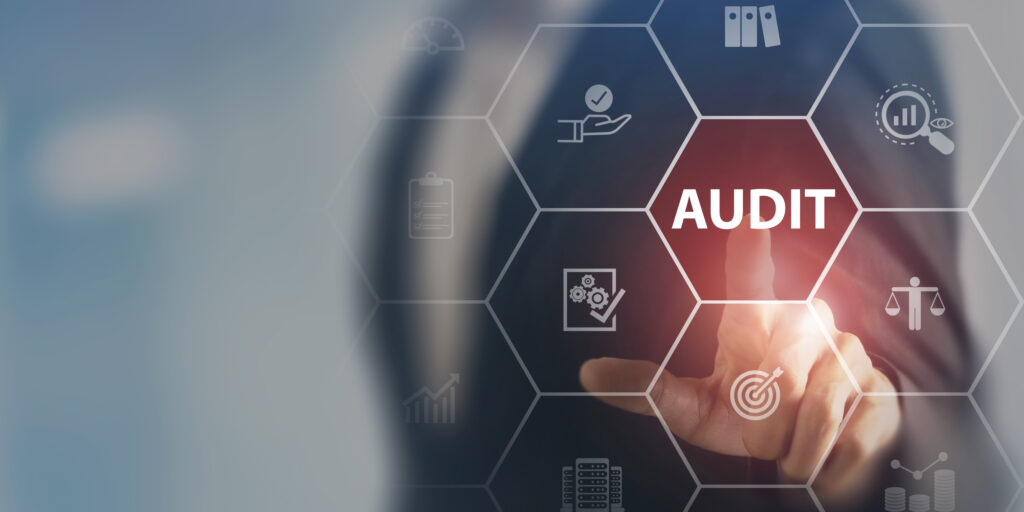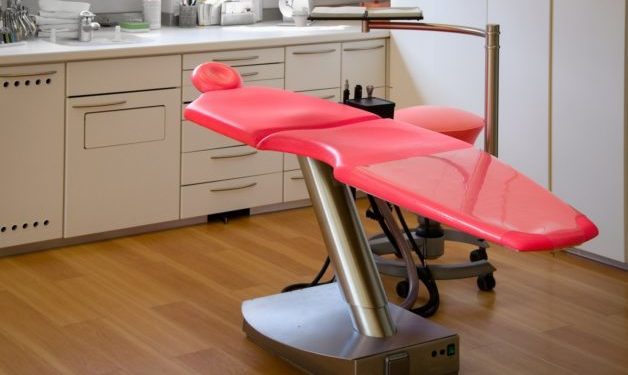
June 16th, 2025
Posted on May 17th, 2023 in Commodity Tax (HST), Domestic Tax, Healthcare & Other Professionals

Generally speaking, under Section 5 of Part II of Schedule V of the Excise Tax Act (ETA) services provided by a medical practitioner, as defined, in a health care facility, a private clinic, or a doctor’s private office are exempt from HST. “Medical practitioner” is defined as a person who is entitled under the laws of a province to practice the profession of medicine or dentistry. In addition, the majority of dental appliances are considered to be zero-rated under the ETA. That being said, there are various situations when services or goods provided by a dentist may be taxable for GST/HST.
One example where a dentist may be supplying a taxable service as it relates to GST/HST is cosmetic procedures. The CRA states in GST Memorandum 300-4-2 that surgical and dental procedures that alter or enhance a patient’s appearance but that otherwise has no medical or reconstructive purposes are considered to be cosmetic surgery. The criteria for cosmetic surgery to be medically necessary, and thus not applicable to GST/HST is also listed in the same GST memorandum and includes:
Examples of GST/HST taxable services and products provided by a dentist, assuming they are not a small supplier, may include the following if done for cosmetic or other purposes:
Artificial teeth and orthodontic appliances are zero-rated for GST/HST purposes. That being said, an implant, crown, cap or onlay that is fabricated to replace 50% or more of a natural tooth will qualify for zero-rating as an artificial tooth. As a general rule, if it does not replace more than 50% of the existing tooth, it would be taxable for GST/HST purposes.
As a result of the above, dentists may have a mix of exempt and taxable revenue streams, which would result in some portion of the GST/HST paid being claimable as an Input Tax Credit (ITC), and some not. Generally when there are mixed revenue streams, the taxpayer must allocate the ITC’s on a fair and reasonable basis amongst the taxable and exempt revenue streams. The allocation of these expenses as it relates to an ITC claim can be complex and heavily scrutinized by the CRA. The CRA has published GST/HST Memorandum 8.3 as a guideline to what the CRA considers to be ‘fair and reasonable’ allocation methods. It is important that when determining your fair and reasonable allocation method, that it be documented to defend its reasonableness should it be challenged by the CRA.
Please note that the definitions and rules are more complex than outlined above. Before you make any changes to your GST/HST, please consult your GST/HST advisor for clarification and what your next course of action should be.
Drop us a line, we look forward to hearing from you.